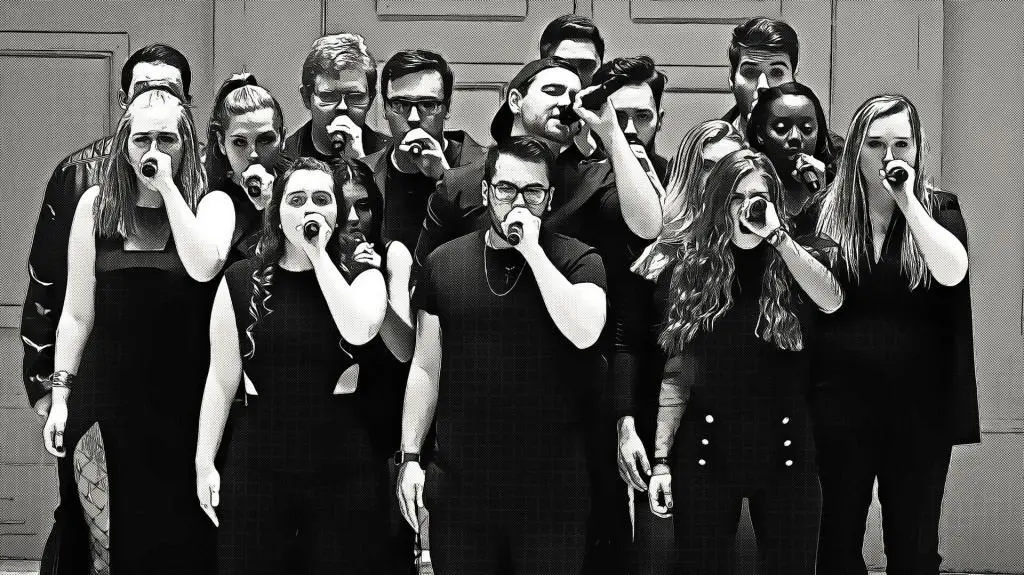As a first definition for “a cappella”, this term refers to a vocal arrangement or a vocal part without instrumental or any kind of accompaniment. In the dj-ing area or remixing jobs the term can also indicate the main vocal part or lead vocal track from the original multitrack recording which can be used as the basis for a whole new edit.

What is A Cappella?
In fact, is a style of music, an art form that is performed solely with the human voice, without the use of any instruments. The term comes from the Italian phrase “in the manner of the chapel,” reflecting the fact that this type of music was originally sung by choirs in churches.
A Brief History on Acappella
A cappella music has a rich history that can be traced back to ancient cultures. From early Christian hymns to traditional African music, the human voice has always been an integral part of musical expression. In the Middle Ages, the Catholic Church was a major patron of the arts, and a cappella music was a central aspect of the liturgy.
Today, a cappella music encompasses a wide range of styles and genres. From traditional choral music to contemporary pop and rock songs, the human voice is the only instrument used to create the melody, harmony, and rhythm. The popularity of a cappella music has grown in recent years, thanks to the rise of vocal groups and competitions, such as NBC’s “The Sing-Off” and the movie “Pitch Perfect.”
One of the most distinctive characteristics of a cappella music is the use of vocal harmony. This involves multiple singers singing different notes at the same time to create a rich, layered sound. A cappella groups often have different sections, such as sopranos, altos, tenors, and basses, each with a specific range of notes to sing.
Another unique aspect of a cappella music is the use of beatboxing, which is the use of the human voice to create beats and drum sounds. This technique adds an additional layer of rhythm to the music and can be used to mimic the sounds of drums, bass, and other instruments.

